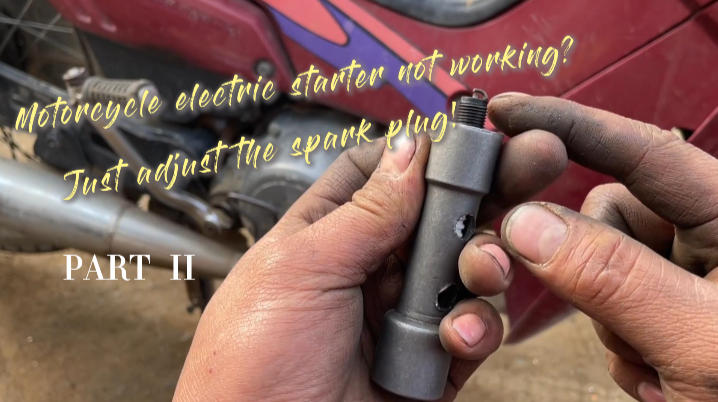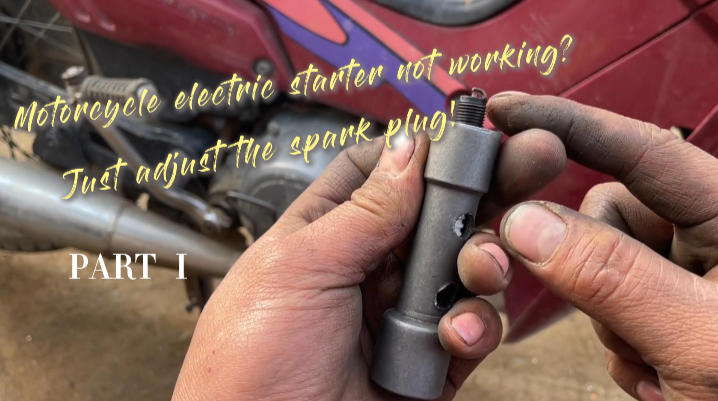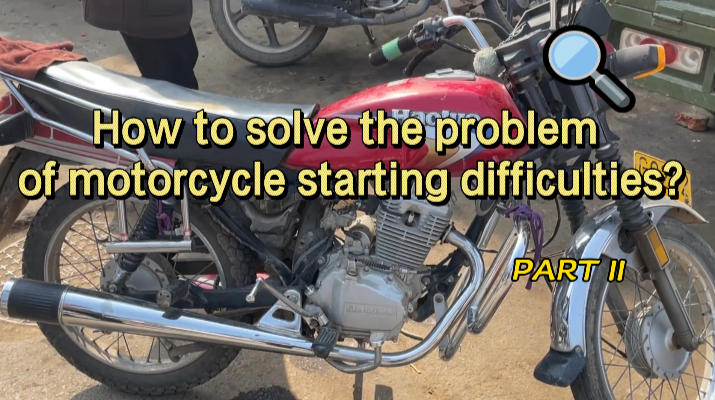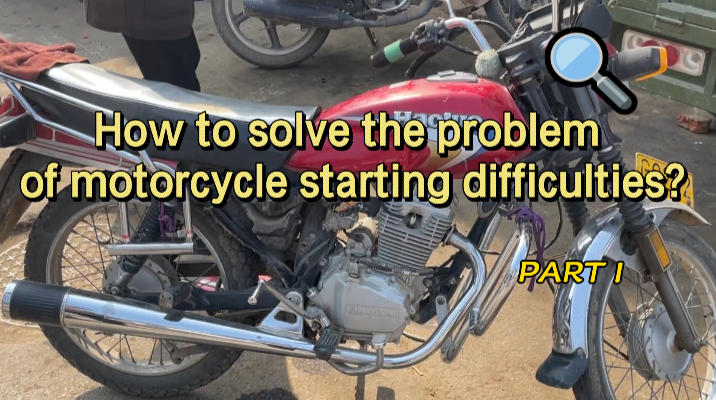The Difference Between Snowmobile Helmets and Motorcycle Helmets
-
22
-
2025-11-04 17:30:18
Short version: they look similar, but they’re not the same thing. Use the wrong one and you’ll be miserable — fogged visor, frozen ears, skinned fingers. Use the right one and a long cold ride becomes tolerable. That’s the point.
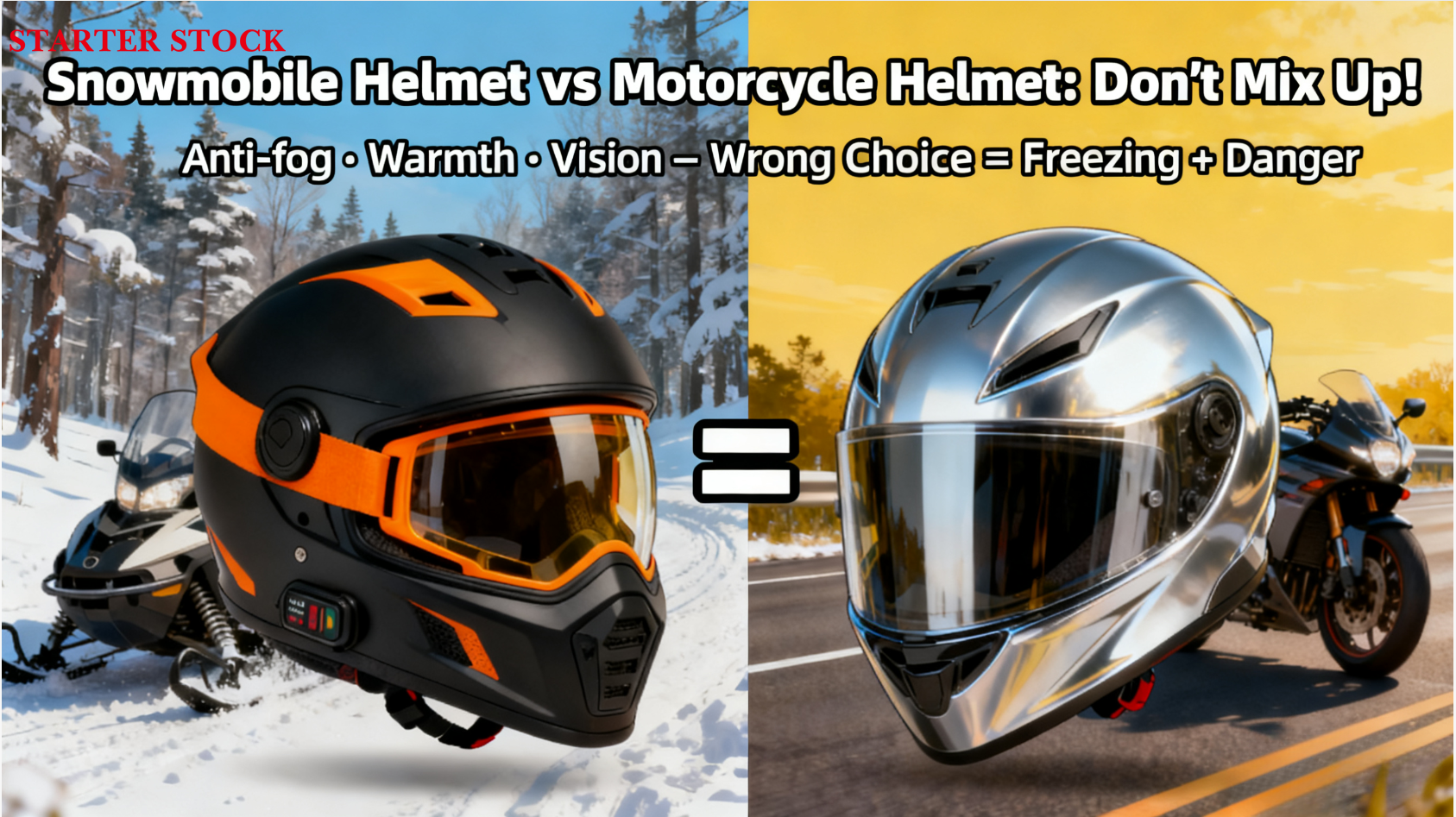
Below: what’s actually different, why it matters, and what riders screw up most.
Air, breathing, and fog — the real problem
Biggest thing: fog. On a sled you breathe warm air into a freezing helmet. That steam condenses on the visor in seconds. So snowmobile helmets have features motorcycle lids usually don’t.
Breath box: a little channel that directs your exhaled air away from the visor. Simple, brilliant.
Double-lens or heated visors: stops fog. Heated ones plug into the sled; double-lens works like double glazing. Either helps a ton.
Vent layout: tuned to stop fog but not let your face freeze.
Motorcycle helmets? They push lots of air through to cool you. Great on hot tarmac. Terrible on a -10°C morning. You wear a bike lid on a sled and you’ll spend more time wiping your visor than riding.
Warmth and insulation — liners that actually help
Snow helmets are built for cold, not airflow. They use thicker liners, often removable for cleaning or swapping for thicker cold liners in deep winter. Some manufacturers expect you to ride at -20C. Bike helmets expect summer highway temps.
Two quick notes:
Snow helmet liners often cover more of your neck and cheeks. Warmer.
Some snow lids have pockets for ear speakers and extra insulation. Small but cozy.
If you wore a bike helmet for a whole winter day? You’d know. Stiff neck, frozen cheeks, numb ears.
Visor tech — big difference
Motorcycle visors: single-pane, clear polycarbonate. Cheap, light, good for road. Snow visors: double-pane, anti-fog coatings, or electric clearers. They matter.
Heated visors are the easiest hack. Flip the switch and fog goes away. No wiping. No sticky breath marks. If you wear glasses, a heated visor keeps things sane. Otherwise your lenses fog and you ride blind.
Yes, some folks use anti-fog sprays or stick-in inserts. Works sometimes. Not as good as the real thing.
Shape and field of view — sitting position changes things
Bike riders tuck. Head down. Helmets are shaped for airflow and aerodynamics at 60–120 mph. Snow riders sit upright. You need a wider, taller view. Goggles are common on sleds; helmets are goggle-friendly.
Also: chin bar height. Snow helmets often leave more room so you can breathe and speak without steaming up the whole visor. Field of vision matters when trees are close and you’re scanning for hazards.
Standards and testing — similar but with different emphases
Both types meet impact standards — DOT, ECE, Snell, etc. But snow helmets are also tested for cold-weather performance: visor fogging, liner insulation, breath box function. Some brands publish cold ratings. Some don’t. Read the spec sheet.
Point: certification doesn’t mean “one helmet fits all uses.” A DOT bike helmet is safe in a crash, yes. It might still make you miserable on a sled, and that misery can end badly (slower reactions, less focus).
Weight and balance — added insulation costs grams
Snow helmets often feel heavier. That’s the extra padding and the visor tech. That weight feels fine on the trail. On a 500-mile bike tour in July? You’d roast, and the extra padding would feel like a marshmallow on your head.
Tradeoff: for winter, heavier = warmer = more comfortable = safer. For summer, lighter = cooler = practical.
Modularity — flip-up, goggles, comms
Snow riders like modular helmets. Lift the chin bar, talk to the group, grab a snack without removing the whole lid. Plus you can wear goggles if you want. It’s practical.
Motorcycle modular lids exist, but the breath deflection and fog features differ. Swapping lids between sports is messy — connectors, vents, liners, they’re not designed to be swapped back and forth repeatedly.
Comms? Both support Bluetooth units. But check fit. Cold weather kills batteries faster. Keep that in mind.
Common rider mistakes — learned the hard way
I’ve seen it a hundred times:
Guy borrows a bike helmet for a quick sled run. Two miles in, visor fogs, hands numb, he’s miserable. Lesson learned.
Rider runs a cheap single-pane visor and keeps wiping with a glove. That glove freezes. Worse: scratched visor.
Using a helmet with poor seals — snow gets in, melts, wets the liner. Then you get cold faster.
Don’t be that rider. Don’t improvise on a cold day.
What to buy if you split time between bike and sled
If you do both, one of two choices:
Two helmets — best option. One bike lid, one snow lid. Works every time.
Convertible systems — some shells take different liners and visors. They’re a compromise but work if you travel light.
Keep original parts. Sell them later or switch seasonally. Don’t be cheap and risk a bad day.
Real-world tips — tiny things riders forget
Always test visor ventilation at home. Stick it on, breathe into it. See where fog forms.
Replace liners yearly if you ride a lot. Sweat builds up. Smell and bacteria too.
Check for ice on vents after a ride. Melt it before storing the helmet. Ice ruins seals and zippers.
If you wear glasses, try the helmet on with them. Not all helmets fit glasses comfortably.
Final thought — pick the helmet for the weather, not the ego
A helmet is safety gear first, comfort second, style last. Pick the right one for the job. A snowmobile helmet keeps you breathing, warm, and able to see in freezing conditions. A motorcycle helmet keeps you cool and aerodynamic on the road.
They both save your life. They just do it in different climates.
-
Oil Pump JR-B18-1 16700-K20-903 For Z00MER

-
Oil Pump JR-B18 16700-KVG-41 For AIR BLADE
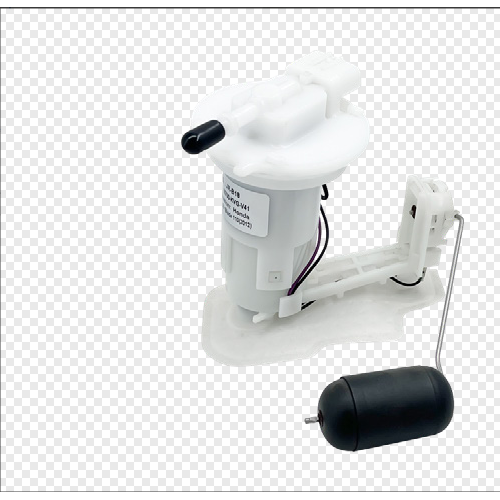
-
Oil Pump JR-B113 16700-HR3-A21 For Fou rTrax Rancher
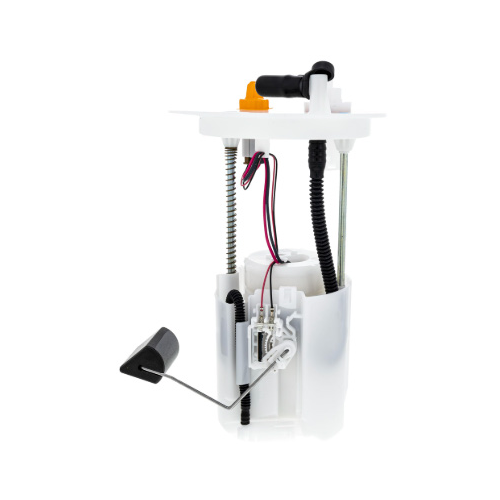
-
Oil Pump JR-B112-1 275500734 For GT1 130/155 2011-2012
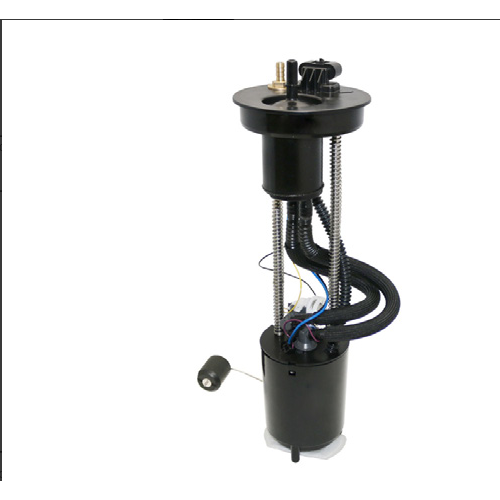
-
Oil Pump JR-B112 47-1027 For MAVERICKX
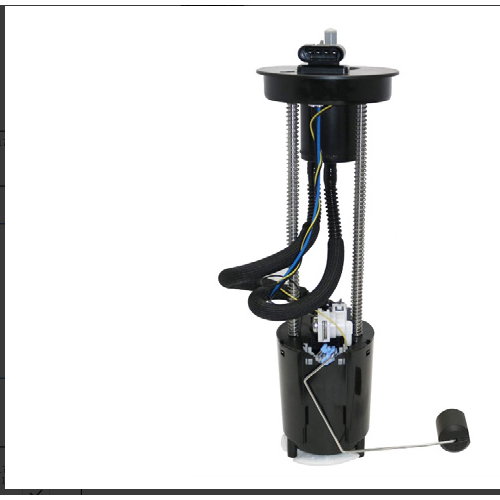
-
Oil Pump JR-B110 47-1050 For OUTLANDER
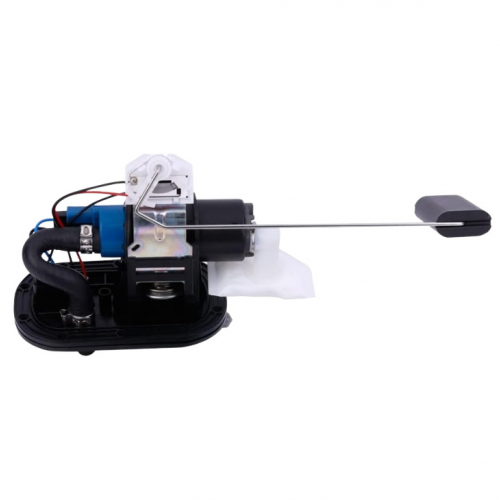
-
Oil Pump JR-B109 709000758 For OUTLANDER
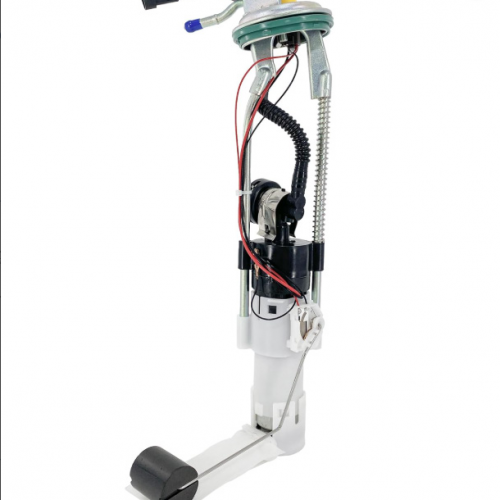
-
Oil Pump JR-B108-1 2204308 For SPORTSMAN
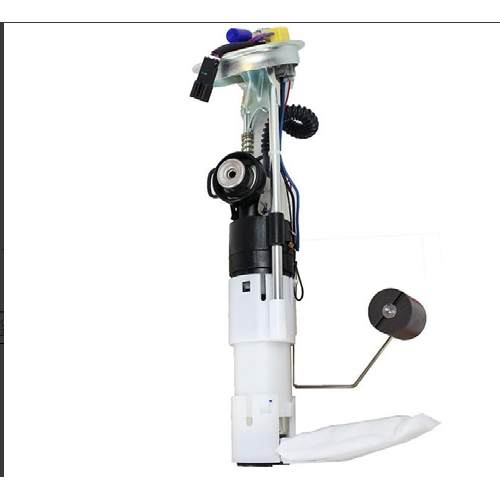
-
Oil Pump JR-B108 47-1014 For SPORTSMAN
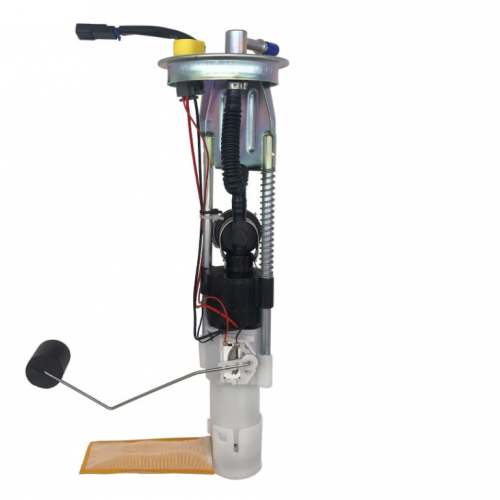
-
Oil Pump JR-B98-1 47-1012 For RANGER



